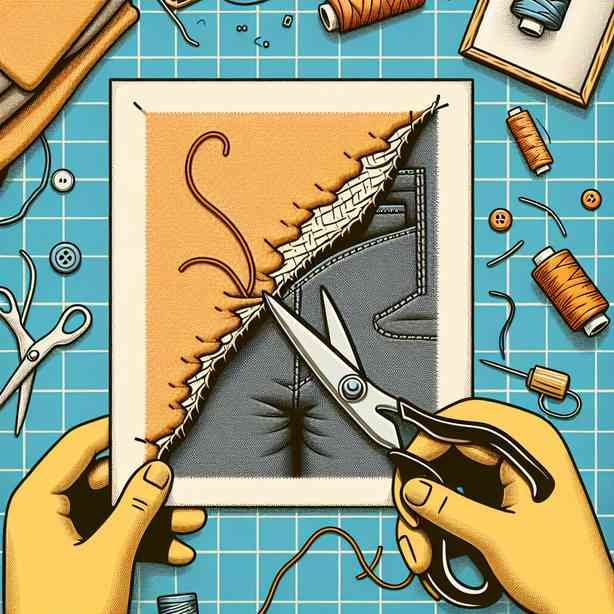
In the realm of design and development, the phrase “Just a Patch” often elicits a sense of minor alterations, tweaks, or fixes—a quick solution to a problem or an enhancement of an existing feature. However, as projects evolve and user needs shift, what starts as a mere patch can unexpectedly transform into a full-scale redesign. Understanding this transition is crucial for designers, developers, and project managers alike, as it can significantly impact the success of a product, both in terms of user satisfaction and overall business objectives.
At the onset of any project, the focus is typically on creating a Minimum Viable Product (MVP). The intention is to launch something functional that meets basic user needs while collecting feedback for future iterations. During this phase, design decisions are made based on assumptions about user behavior, technological limitations, and business goals. Yet, as users interact with the product, their feedback often highlights areas for improvement. This initial feedback may lead to what might seem like simple patches—UI tweaks, performance fixes, or minor feature additions.
However, it’s important to recognize that these seemingly minor adjustments can build on each other, leading to a more significant need for change. For example, let’s say a team introduces a new color scheme to improve readability based on user feedback. While this change may appear minor, it can lead users to expect more significant improvements in overall aesthetics and user experience. As feedback continues to pour in, it becomes clear that the original design does not sufficiently meet user expectations. Thus, what began as a simple patch leads to a broader conversation about the product’s overall design philosophy.
The transition from a patch to a redesign often hinges on user engagement. When users express their thoughts and experiences with the product, it highlights not just the inadequacies of individual patches but can underscore systemic issues within the product’s design. For instance, multiple patches might lead to a disjointed user experience, making it challenging for users to navigate smoothly from one feature to another. Users may become frustrated not just by the individual issues but by a sense that their needs are being overlooked through the piecemeal approach.
In such scenarios, it becomes essential to step back and evaluate the product holistically. Designers and developers must engage in user research to understand the underlying problems rather than merely addressing surface-level issues. Conducting usability tests, surveys, and user interviews can provide invaluable insights into how users interact with the product and what they genuinely need. This research can uncover patterns and trends that may not emerge when focusing on isolated fixes.
Once the research is complete, the next step involves synthesizing findings into a cohesive design vision. This is where the journey from just a patch to a full redesign can take shape. Rather than tacking on solutions to existing problems, designers can rethink the entire user experience. They can analyze user flows, design new interfaces, and prioritize features based on their impact on user satisfaction and engagement.
Strategically, this approach not only enhances the user experience but can also lead to new opportunities for business growth. A well-executed redesign can reinvigorate a product, attract new users, and even lead to increased retention rates among existing users. It demonstrates to stakeholders and users alike that the company is committed to continuously improving its product and responding genuinely to user needs.
However, embarking on a redesign is not without its challenges. It requires careful planning, resource allocation, and often significant changes in workflow. Teams must be adept at balancing short-term fixes with long-term goals, ensuring that the redesign aligns with the overall business strategy. It is also crucial to maintain open lines of communication with users throughout the redesign process to ensure that their needs remain front and center.
As the redesign evolves, iterative feedback loops are essential. Prototyping and testing new design concepts can help the team gauge user reactions before fully implementing changes. This iterative process allows for ongoing adjustments based on user feedback, ensuring that the end product resonates well with its target audience.
In conclusion, while the phrase “Just a Patch” may imply minor adjustments or quick fixes, it often signifies the beginning of a more significant evolution in product design. Understanding when a simple patch becomes a necessity for a redesign requires a profound awareness of user needs and feedback. By embracing a holistic and user-centered approach to design, teams can transform what starts as minor adjustments into substantial improvements that enhance user satisfaction and drive business success. This transition is not just about fixing problems but about creating a cohesive experience that meets user expectations and fosters a deeper connection with the product. Thus, recognizing the potential within each patch is vital for anyone involved in the design and development process, paving the way for more intentional and impactful redesigns that resonate with users on a larger scale.


